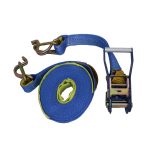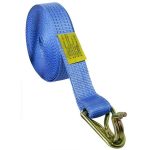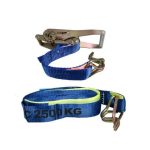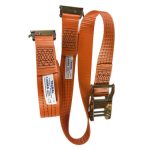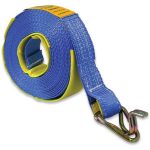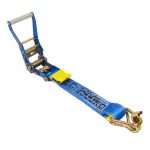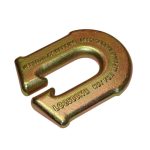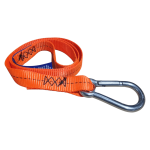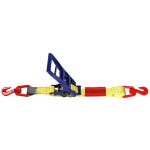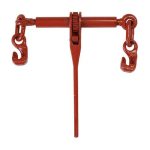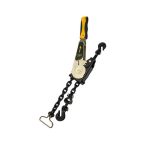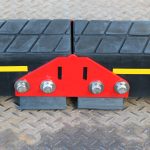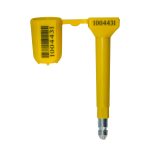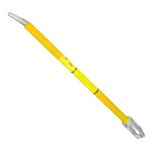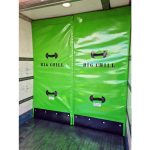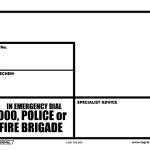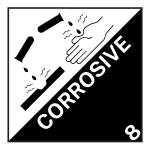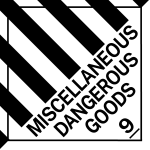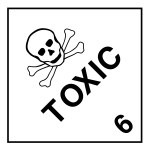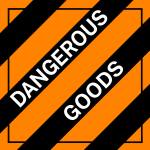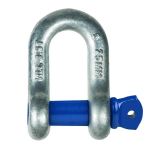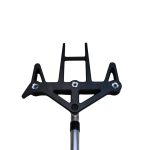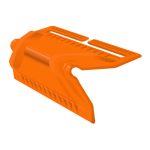As a transportation business, you oversee the security of both your staff and your clients. With this in mind, it is wise to have KPIs in place to assess and enhance safety in your organisation. Transport businesses are constantly seeking ways to enhance their processes, and safety is no different.
It is important to have a firm grasp on how your firm is doing on the work site more than ever due to the rising safety standards and compliance requirements. KPIs assist you in identifying areas for development and can demonstrate to stakeholders your dedication to safety. Any transport firm may benefit from them, and we’ve listed 5 of these KPIs below.
1. Accident rate: This KPI measures the number of accidents that occur per year, per Kms driven, or per several hours worked. Tracking this KPI will help you to identify trends and see where improvements need to be made. This metric measures the number of accidents that occur in your fleet, including rear-end collisions, sideswipe, and side-swipe accidents, and other types of crashes that involve injuries or property damage.
Record every incident in your fleet, from a relatively minor fender bender to a major collision with injuries. This will help you identify problem drivers, vehicles, or areas where you need to increase training. You should also review these incidents with your staff.
2. Injury rate: This KPI measures the number of injuries that occur per year, per Kms driven, or per several hours worked. Like the accident rate, tracking this KPI will help you to identify trends and see where improvements need to be made.
3. Near-miss rate: This KPI measures the number of near misses that occur per year, per Kms driven, or per number of hours worked. Tracking this KPI can help you to identify potential hazards before they result in an accident or injury.
This measure shows how close to colliding with another vehicle you were at the time of an accident. Near collision is often used as a proxy for distracted driving due to an inability to monitor what’s happening around them while driving simultaneously with their attention on something else such as eating or texting while behind the wheel during rush hour traffic jams; however, it can also indicate driver fatigue due to lack of sleep. They need restful sleep before being able to perform tasks properly again in preparation for tomorrow morning’s commute!
4. Vehicle maintenance: This KPI measures the percentage of vehicles that are properly maintained according to your company’s standards. Proper vehicle maintenance is essential for safety, so tracking this KPI will help you ensure that your vehicles are safe to operate.
5. Employee training: This KPI measures the percentage of employees who have completed all required safety training. Training is essential for keeping employees safe, so tracking this KPI will help you ensure that your employees are properly trained and up-to-date on safety procedures.
Driver training is a key way to improve safety and discourage collisions. A good driver training program includes everything from introductory lessons for new hires to ongoing safety refreshers and advanced courses for more experienced drivers. By tracking how many drivers are participating in each type of training and how much time each driver spends in training, you can monitor the effectiveness of your classes and keep your staff up-to-date on policies and procedures.

How to get started with implementing these KPIs
It’s time to begin applying your KPIs after you have a baseline. Getting support from the top is the first step. It will be challenging for your CEO to endorse this programme in any meaningful sense if they don’t accept the notion of gathering data and monitoring KPIs. They are essential to the success of this procedure.
Once you have their consent (or at the very least their quiet), define what success looks like for each KPI and begin establishing procedures for data collection. This will assist to guarantee that each stakeholder is aware of how their input contributes to the improvement of the situation as a whole.
For instance, why wouldn’t we desire that someone’s productivity increases as a result of their ability to swiftly access crucial information when they need it most (due to accessing it through a mobile device)? It is logical; if we want to run our transportation company’s efficiently, why wouldn’t we want all of our staff linked via smartphones?

It’s time to start putting your KPIs into practice once you have them. We discussed the essential safety KPIs in this post, along with how to start using them. These five KPIs may be used as a starting point to find areas where your business can improve. We hope that this knowledge will make maintaining safety metrics in transportation firms easier for you.
Disclaimer: It is important to note that the information in this document is authentic to the best of our knowledge, and as such, it is prone to errors and the absence of some key information. We can edit or change this appropriately so as to give the reader of this document updated industry related information. Further this information is for entertainment and informative purposes not to be perceived as professional advice with regards to health, or finances, or any other field.




